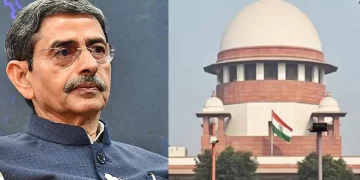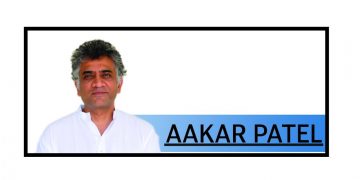The artisans are divided into seven categories called sapta-rathakāras, that is, ‘seven makers of the ratha’. The traditional craftsmen preserve the intricate ancient art of making the chariots or Rathas
PURI: Every year three huge rathas or chariots are made by the artisans of Puri for the Ratha Jatra. The chariots are huge structures capable of carrying several people, and are also spectacular pieces of traditional art which combines many branches of craftsmanship into a harmonious whole.
The artisans are divided into seven categories called sapta-rathakāras, that is, ‘seven makers of the ratha’. The traditional craftsmen preserve the intricate ancient art of making the chariots or rathas.
What are these categories and how do they give shape to the rathas? Orissa Post talked to Prateek Pattnaik, a researcher of Odia culture and traditions, to know more about this.
Basically there are seven types of craftsmen who build the chariots. They are Gunakar, Rathakar, Lauhakāra, Rupakāra, Chitrakāra, Suchikāra and Chhandakāra. They are highly skilled craftsmen who give the chariot a new look for the Ratha Yatra, Prateek said.

Mukhya Mahāraṇā or Guṇākāra are the Chief Engineers. Three maharanas plan, engineer and supervise the construction of the three rathas. The method of building a ratha in the Kalingan idiom is a specialised skill, carefully preserved through the centuries.
Badhei Mahāraṇā or Rathakāra make all the wooden parts of the Ratha, including wheels, axles, pillars and everything else. They cut logs, size them down and create all the parts and the basic skeleton of the chariots.
Ojha Mahāraṇā, Kamāra or Lauhakāra are ironsmiths. All the iron implements needed, including nails, clamps and the like are made by them. Many specific kinds of nails are still made in the old way to hold the structure together.
Rupakāras are woodcarvers. Some parts of the ratha contain carvings with traditional motifs. The objective here is to create a moving replica of the temple. The rupakaras sculpt the wood into the shapes of bidala, parswadebata, sakhi, prabha, sarathi, olata sua and so on.

Chitrakāras are painters. All wooden statues and their components are painted with traditional motifs in the ancient Pattachitra style of Odisha. The three rathas are a storehouse of Kalingan iconography, containing fascinating creations of multiple categories, from composite bidalas to parrots, geese, lions, elephants to sages, maidens, yakshas and much more.
Daraji or Suchikāra are tailors. The colourful appliqué work adorning the rathas is called maṇḍaṇi. Taladhwaja, Debadalana and Nandighosa are identified by their green, black and yellow stripes respectively. All three use red cloth. These bright fabrics are one of the first things one sees during the festival.
Bhoi or Chhandakāra are assemblers. Bhoi sebayatas assemble the structure, connecting the various pieces. In short, they put everything together. Apart from these seven, many others too are involved in making the chariots like those who make the ropes, those who craft metallic adornments and those who decorate it with flowers.
The division of labour among the servitors of the Puri Temple is well defined since ancient times and so is the case here. It is truly amazing to see how organised and inclusive everything is. Perhaps that is why an endeavour of this scale is successfully executed year after year.







































